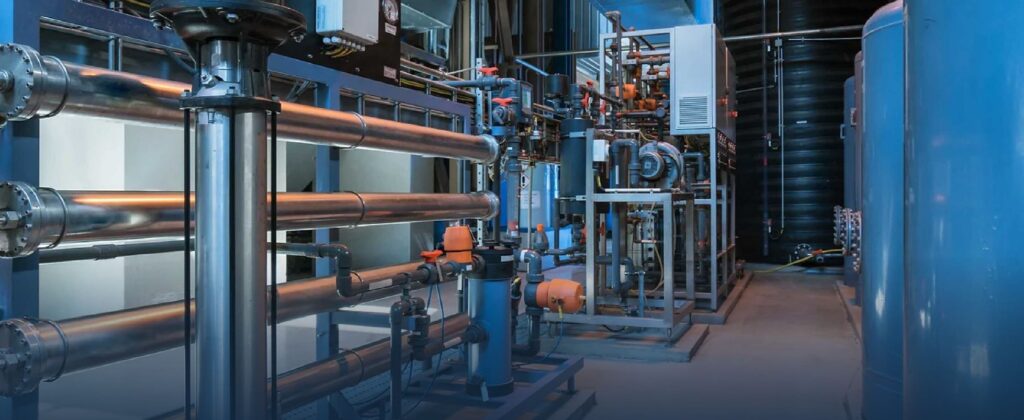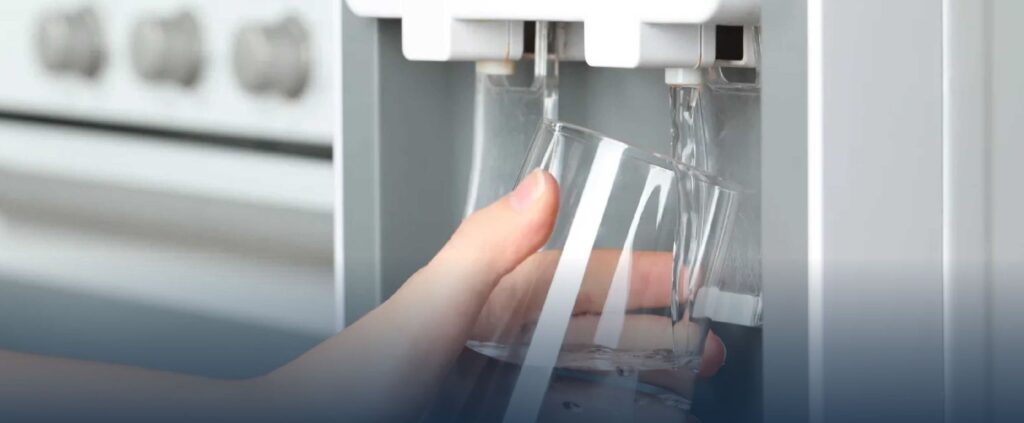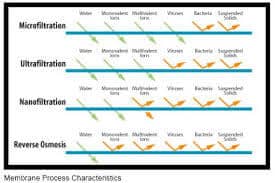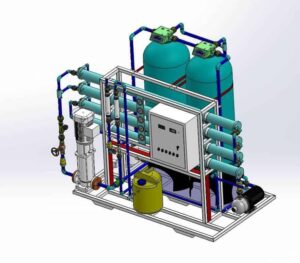~ COMMERCIAL SOLUTIONS ~
Nanofiltration
NANOFILTRATION FOR WATER SOFTENING Pacific Water Technology supplies turnkey equipment package solutions for a whole host of applications utilising world class cross-flow membrane filter technology. Nanofiltration (NF) functions similarly to reverse osmosis, but is generally targeted to remove only divalent (bivalent) and larger ions. Monovalent ions such as sodium and chloride will pass through a nanofiltration membrane, therefore many of its uses involve the de-salting of the process stream. Pacific Water Technology supplies a large range of Nanofiltration systems specifically designed to remove the hardness from water, without the need for ion exchange. In the production of lactose from cheese whey, for example, NF concentrates lactose molecules while passing salts, a procedure that purifies and concentrates the lactose stream. In water treatment, NF membranes are used for hardness removal (in place of water softeners), pesticide elimination, and colour reduction. It can also be used to reclaim spent NaOH solutions, in which case the permeate stream is purified NaOH, allowing reuse many times over. Below is a summary of applications for Nanofiltration:
Nanofiltration is usually used to remove material in the 0.5-10 nm range and will reject all of the larger organic molecules, sugars, and multivalent ions, with only monovalent ions and water being able to pass through. For food applications like desalination and dewatering, we only use high flux food grade elements, designed to minimise wastage and reduce energy cost. The selectivity of a nanofiltration membrane is determined by two different parameters. Firstly, retention depends on the compound size or molecular weight. As far as nanofiltration membranes are concerned, retention and permeability are also a function of electric charge and the valence of the salts and compounds in the solution. Diluted solutions of monovalent ions can mostly pass through a nanofiltration membrane unhindered while most of the multi-valent ions (such as sulphate and carbonate) are retained. As for anions, retention by a nanofiltration membrane increases in the order: nitrate < chloride < hydroxide < sulfate < carbonate < phosphate. Cation retention by a nanofiltration membrane increases in the order: proton < sodium < potassium < calcium < magnesium < copper < iron. Benefits of Nanofiltration
Pacific Water Technology has launched a new series of complete skid mounted nanofiltration systems, designed to be specifically used as water softeners. These units are particularly suited in applications where ion exchange water softening is not desirable, due to the presence of monovalent ions, or the environmental issues relating to the disposal of brine effluent. To ensure the longevity of the membrane, the system also includes a continuous antiscalant dosing system ensuring that concentrated hardness salts do not foul the membrane.
|






